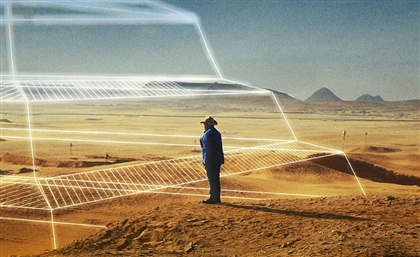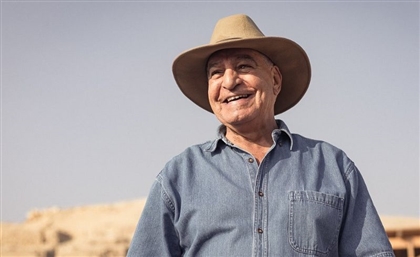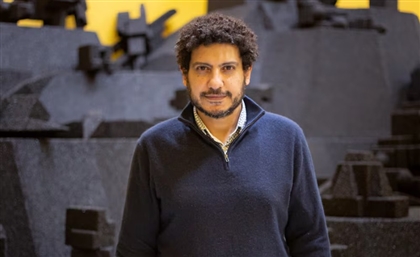Scanning the Pharaohs: Zahi Hawass' New Book Uncovers Secrets From Ancient Egypt
Sanabel al-Najjar's curiosity leads her to the Sofitel Cairo El Gezirah to chat with Former Antiquities Minister Dr. Zahi Hawass, and Dr. Sahar Saleem, about their new book, 'Scanning the Pharaohs', in which they uncover secrets about disease, death, and marriage in ancient Egypt’s Old Kingdom.
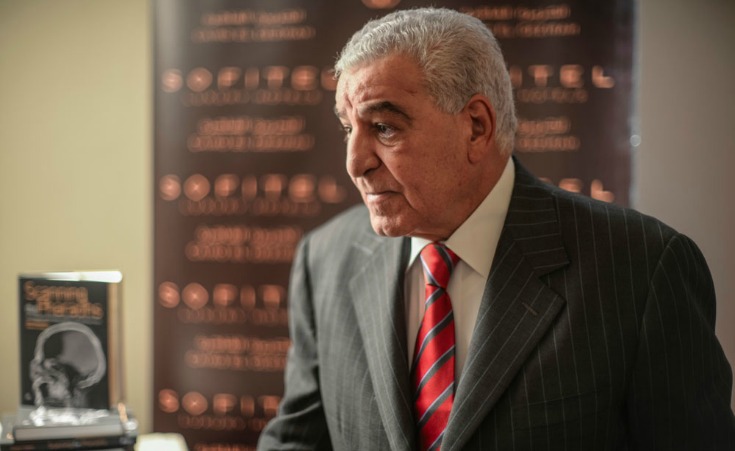
My Egyptian friend in Canada was truly fed up with everyone asking her whether Egyptians lived in the pyramids and rode camels to schools there. Sure, it was hilarious at the beginning, to laugh at the very ill-informed people who sounded so out of touch with the world, but at the end it started getting on my friend’s nerves because they didn’t get that Egypt actually had cars, houses, electricity, and streets, like every other country in the world. Yet, the whole phenomenon, aside from its ridiculousness, indicated how deeply ingrained the idea of the ancient Egyptian civilisation is, to the point that it remains the prominent characteristic of a certain country more than 7,000 years after its diminishment.
The pyramids, peaking with their historic majesty at our modern everyday life, with the crazy traffic, massive consumption, and being completely caught up in daily details and worries, symbolise a rare historical presence. Many non-Egyptian friends have told me that it was an overwhelming experience to walk in the same streets where pharaohs have walked, and to live in the same birthplace of their genius ideas, which created staggeringly great civilisations. Ancient Egyptians and their ideas of afterlife, prompting them to mummify their royalty and build chilling architectural wonders that still stand to this day, are only a part of why ancient Egypt still dominates – to a good extent – our modern days.
Being such a fascinating topic, it has grabbed the attention of many international scholars – and local ones, of course – who wish to delve even deeper into this this larger-than-life civilisation with all of its secrets. Scholar and former Minister of State for Antiquities, Dr. Zahi Hawass – alongside Dr. Sahar Saleem, Professor of Radiology and Fellow of University of Western Ontario – have recently released their book, Scanning the Pharaohs: CT Imagining of the New Kingdom Royal Mummies, published by the AUC Press, and celebrated its release on the 23rd of March at the Sofitel Cairo El Gezirah.
The book, an analysis of the recent findings of imaging technology used to study the royal pharaonic mummies by experts in the field, is considered groundbreaking as it reveals new information about lives of (royal) ancient Egyptians in the Cairo Museum. According to the AUC Press, “The remains of these pharaohs and queens can inform us about their age at death and medical conditions from which they may have suffered, as well as the mummification projects and objects placed within the wrappings.” Focusing on 18th to 20th royal dynasties, the two scholars used technology such as Multi-Detector Computed Tomography, DNA, and 3D images to bring to the surface important information. This included information such as the facial features of some of the royal mummies, their genealogy, familial relationships, as well as shocking findings about medical practices of their time.
A little ahead of the book signing, I was fortunate enough to get some time and ask Dr. Hawass some questions about his new book. When asked about the highlights of the book, Dr. Hawass replied, “We were able to discover the family of Tutankhamun through DNA, and find out who his father was, which was a very debatable topic among Egyptologists - now we are sure that Akhenaten is the father. We were also able to find the mother, whose name we still don’t know, but know that she is actually the daughter of Amenhotep III and Queen Tiye (whose mummy we found). This means that Akhenaten married his own sister. We also found the mummy of Queen Hatshepsut.”
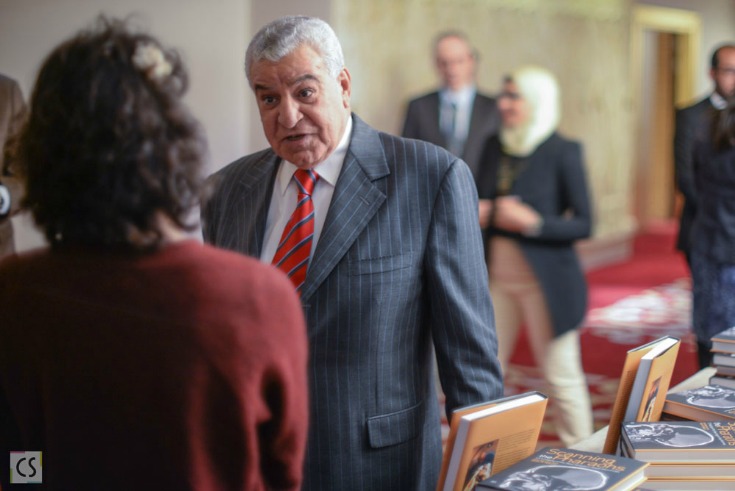
Dr. Hawass also talked about breaking some long-believed historical theories about certain prominent pharaohs by finding contradictory evidence. For instance, they discovered that Ramses III was not murdered because of a conspiracy, but that his throat was slit and toes cut.
“We also came across many interesting findings about plastic surgeries and, by inspecting their skulls, were able to find information about the diseases they had at the time.” This, of course, prompted a question about death among pharaohs and whether there were new discoveries about the way they died. “Of course,” Dr. Hawass replied. “We found everything about how each person died. For example, Queen Hatshepsut had diabetes and died because of cancer.”
“For the first time, in 1,000 images, the CT scan can provide full information about the mummy. Those images can reveal all the secrets of the mummy,” Dr. Hawass told me. He elaborated that “We are planning to do more research on some more mummies. We also want to find more information about the pharaoh of the 19th and 20th dynasties. Though we don’t know who he is yet, we have enough scientific proof to believe that he was one of the kings of the New Kingdom. We will be doing more CT scanning and DNA analyses about the dynasties.”
I was also able to chat a little about the new book with co-author Dr. Saleem about the new book, who has specialised in paleoradiology – the scientific study of ancient items using X-rays. “The CT is an advanced form of the X-ray in studying the mummies and other objects," she explained.
Dr. Saleem says that, even though she was in Canada in 2005 during the big CT scan, she approached Dr. Hawass about her qualifications and interests when she returned to Egypt a couple of years after, “after which he immediately invited me to join his project aimed at CT scanning the royal Egyptians of the New Kingdom in the museum.”
The talks given by both scholars at the book release were followed by the book signing of Scanning the Pharaohs.
It seems that our fascination by the ancient Egyptians will never cease. With new conclusions and interesting observations about the way they lived and died constantly coming up, one cannot help but feel completely enthralled by an ancient civilisation whose remnants are still around us as visible symbols of human greatness and creativity.

Photo shoot by @MO4Ntetwork's #MO4Productions.
Photography by Ahmed Najeeb.




